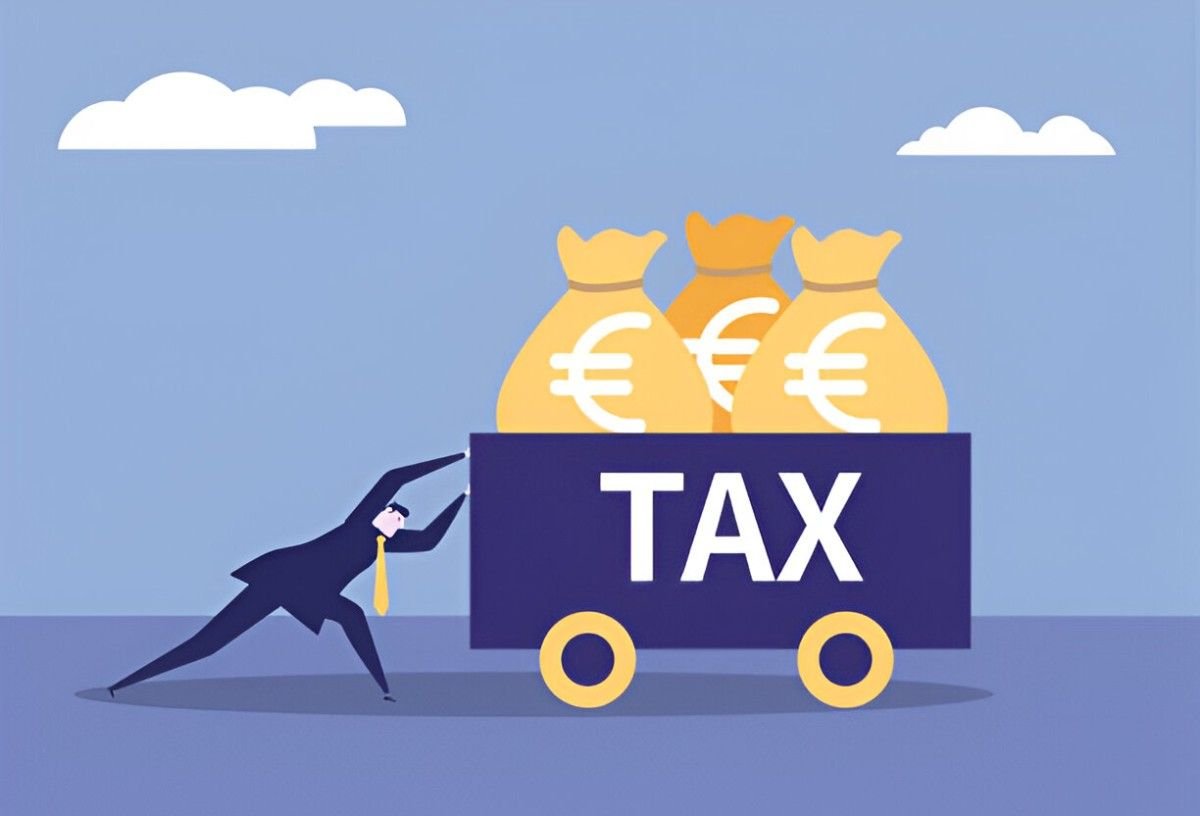Taxation is the backbone of any functioning government, funding everything from infrastructure to social programs. Among the various tax systems, progressive taxation stands out as a method designed to promote fairness. In this guide, I’ll break down how progressive taxation works, why it matters, and how it compares to other tax structures. I’ll also explore its impact on different income groups, its role in reducing inequality, and the arguments for and against it.
Table of Contents
What Is Progressive Taxation?
A progressive tax system imposes higher tax rates on individuals as their income increases. The idea is simple: those who earn more pay a larger percentage of their income in taxes. This contrasts with a flat tax, where everyone pays the same rate, and a regressive tax, where lower earners bear a heavier burden relative to their income.
How Progressive Tax Brackets Work
In the U.S., the federal income tax uses a progressive structure with multiple brackets. For 2024, the IRS tax brackets are as follows:
| Tax Rate | Single Filers | Married Filing Jointly |
|---|---|---|
| 10% | Up to $11,600 | Up to $23,200 |
| 12% | $11,601–$47,150 | $23,201–$94,300 |
| 22% | $47,151–$100,525 | $94,301–$201,050 |
| 24% | $100,526–$191,950 | $201,051–$383,900 |
| 32% | $191,951–$243,725 | $383,901–$487,450 |
| 35% | $243,726–$609,350 | $487,451–$731,200 |
| 37% | Over $609,350 | Over $731,200 |
Key Point: Only the income within each bracket is taxed at that rate—not the entire income.
Example Calculation
Suppose I earn $60,000 as a single filer. Here’s how my taxes break down:
- First $11,600 → 10% = \$11,600 \times 0.10 = \$1,160
- Next $35,550 ($47,150 – $11,600) → 12% = \$35,550 \times 0.12 = \$4,266
- Remaining $12,850 ($60,000 – $47,150) → 22% = \$12,850 \times 0.22 = \$2,827
Total Tax: \$1,160 + \$4,266 + \$2,827 = \$8,253
Effective Tax Rate: \frac{\$8,253}{\$60,000} \times 100 = 13.76\%
Even though my top bracket is 22%, my effective tax rate is lower because not all income is taxed at the highest rate.
The Philosophy Behind Progressive Taxation
Progressive taxation aligns with the ability-to-pay principle, which argues that those with higher incomes can contribute more without facing the same financial strain as lower earners. This principle is rooted in diminishing marginal utility—the idea that an extra dollar means less to a millionaire than to someone earning minimum wage.
Comparing Tax Systems
| Tax Type | Description | Example | Pros | Cons |
|---|---|---|---|---|
| Progressive | Higher rates for higher incomes | U.S. federal income tax | Reduces inequality | Can discourage high earners |
| Flat | Same rate for all incomes | Some state taxes (e.g., Colorado) | Simple to administer | Places burden on lower earners |
| Regressive | Lower earners pay higher % of income | Sales tax, Social Security cap | Encourages spending | Increases income inequality |
Economic and Social Impacts
Reducing Income Inequality
Progressive taxation helps redistribute wealth, funding social programs like Medicaid, unemployment benefits, and public education. Research from the Tax Policy Center shows that the top 1% of earners pay nearly 40% of federal income taxes, while the bottom 50% contribute about 3%.
Encouraging or Discouraging Work?
Critics argue that high marginal rates disincentivize productivity. However, studies by economists like Emmanuel Saez suggest that moderate progressivity has little effect on high earners’ work habits.
Arguments Against Progressive Taxation
- Complexity – Multiple brackets and deductions make filing cumbersome.
- Tax Avoidance – High earners may exploit loopholes or move assets offshore.
- Economic Drag – Some claim excessive taxation stifles investment.
Historical Context
The U.S. has had progressive taxation since the Revenue Act of 1862, introduced to fund the Civil War. The highest marginal rate peaked at 94% in 1944 but has since stabilized around 37%.
Conclusion
Progressive taxation remains a cornerstone of equitable fiscal policy. While not perfect, it balances revenue generation with social welfare better than flat or regressive systems. Understanding how it works helps us engage in informed debates about tax reform and economic fairness.





